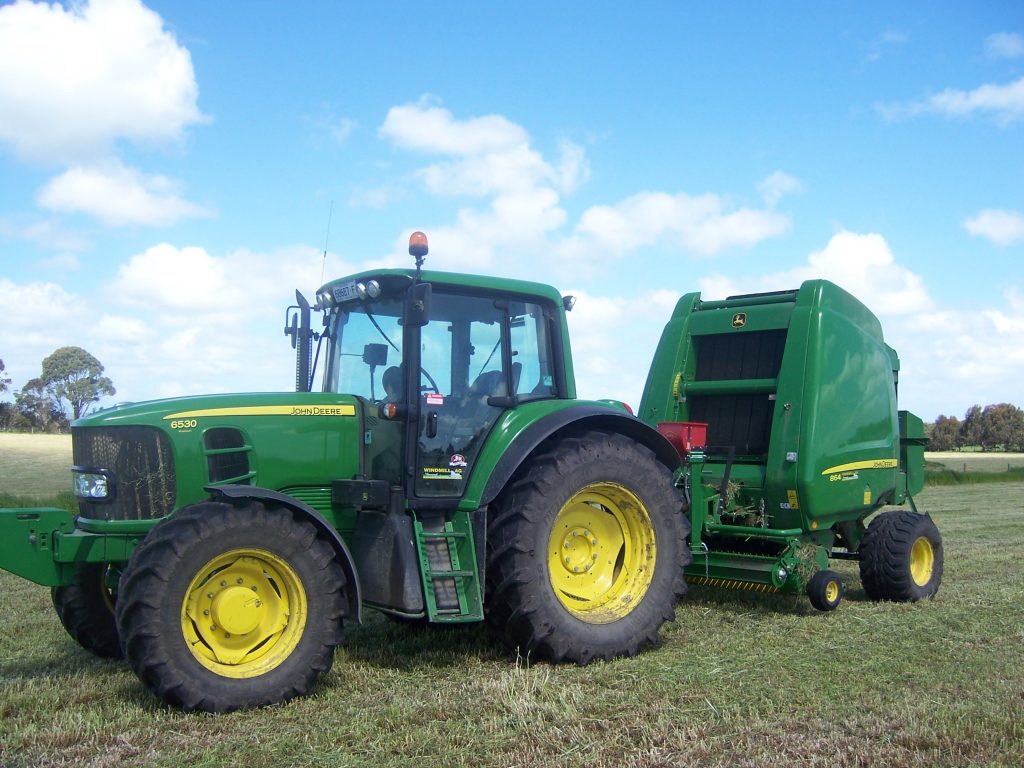Silage Harvest

We all dream of that boom spring when we get follow up rains, excellent regrowth and second cuts. No more so than this year following the milk price horror of 2016. From the perspective of silage nutrient value, research shows dry/droughty conditions produce the highest quality silage! Certainly tonnage is important as Feed Budgets must be met, but will never surpass energy/protein/kg DM, or digestibility.
Winemakers have been aware of the benefits to wine quality from stressed vines for many years. In fact, they will deliberately stress vines, knowing full well it will reduce yield, but produce a far better quality wine with potential for higher price. No dairy farmer would dream of stressing pastures for higher nutrient silage; even if we could. Nevertheless, the lesson stands. Whatever this coming spring delivers, with this knowledge we can plan, given knowledge of our silage nutrient quality. This becomes valuable information to ration balancing. How much grain needs to be fed in conjunction with silage, and crops, to provide adequate energy, protein and fibre for sustained milk production.
Straw from 15/16 harvest has tested very high for energy. The test revealed very high sugars. We know from experience, draught stricken wheat crops taken off as hay also yield very high in sugars and often lift milk production when fed. Unfortunately, there is a major drawback of both these draught hays: wastage. They are very brittle and breakdown to small pieces facilitating high wastage – 50% and greater. Given a year like 2016’s late start, and demand for hay driving prices upward, even these draught hays reached $300/tonne. With 50% wastage, consumed hay cost $660/tonne dry matter – very expensive feed; well in excess of grain cost, and well below a grain mix for protein.
A recent comment by a friend, although general, but it does bare truth: ‘the Australian dairy industry has not been driven by profitable milk production, but land investment and inflation’. Apart from a few strategic areas (close proximity to Melbourne); dairy land has not inflated for several years. We must now turn to making profit from converting feed to milk. Feed Cost/litre is an obvious determinant of profit within the context of converting feed dollars to milk dollars. Interestingly, the higher the quality (digestibility) the lower the Feed Cost/lt, and worse, the higher the quality feed (silage in this case) the higher the milk production and the gap in Income Over feed Cost widens rapidly. Digestibility, after palatability, becomes a major issue and is determined by plant maturity. Digestibility falls away rapidly as plants mature.
This is half the story; the other is adequate silage reserves as addressed in August’s Feed Budget article. This past summer has left many farms naked on feed reserves and the cost multiplied by wastage of bought-in hay, has only added insult to milk price injury. We must change our farming systems as this is the third milk price crash in seven years. Silage reserves produced in better season/milk price years are lower cost and will at least soften the impact of the next milk price dilemma.
Summarising both August and September’s articles, increasing forage production per hectare, and ensuring we harvest highly digestible grasses, forage crops, either grazed (turnip/sorghum) or ensiled is paramount to a viable future. In real terms, milk price has been falling for many years; our only strategy to counter this is increased productivity: more tonnes of dry matter per hectare and from quality/digestible feeds, more litres per cow.
There are two significant issues with silage that too often ‘pass under the radar’.
Shrinkage – simple do tonnes of dry matter ensiled match tonnes of dry matter fed out? Obviously handling silage at feed out can impact this equation. Initially from a ‘wastage’ factor in handling – spillage etc; but then, wastage due to secondary fermentation. This occurs when silage is fed out well before cows will have access to it. Secondary fermentation starts immediately silage is exposed to oxygen, and is always a butyric acid fermentation which renders silage very unpalatable, which equates to wastage.
Shrinkage is also promoted at the other end of the silage operation: ensiling. Baled silage should be wrapped as rapidly as possible. Within 4 hours in cool overcast conditions, and 2 hours in sunny conditions. Both are aimed at minimising unwanted bacterial activity. Oxygen is always silage’s greatest enemy. Pit/stack silage’s greatest threat is lack of compaction: still the same problem – expelling/limiting oxygen. From there, once wrapped/covered controlling the type of fermentation that occurs is critical. The use of a quality lactic acid producing bacterial inoculant will lower pH rapidly and bring all bacterial activity to a halt. Lactic acid fermentation is very palatable; alternate bacterial fermentations do not reach stable pH so ongoing breakdown of fibre will reduce tonnes of silage fed out.
The second issue, which seems to be increasing, is mycotoxins in feed, particularly silage. Mycotoxins are climate-dependant with plant and storage associated problems. Prevention is by far the best option. Again, inoculating silage with a quality lactic acid bacterial inoculant is the most appropriate action we can take at ensiling. We cannot control climate related causes, but can minimise their impact with quality inoculant. Low pH = no microbial activity. A member of our team, now physically disabled after sniffing a mould infested silage sample is proof of this potential risk.